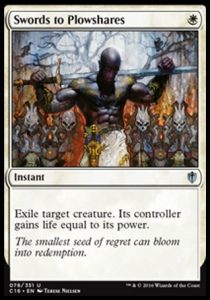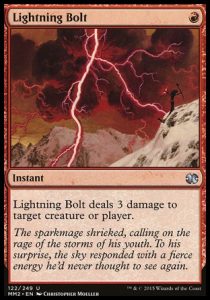Tag: relative value
[AoE2] Losing map control forces painful investment into towers
Suffering from economic raiding, TheViper identifies cost-effective spots for watchtower placement. One tower in particular stands out as being in range to protecting three different resource patches, apparently netting good value from the wood and stone invested in the structure:
Unfortunately for TheViper, Dogao's harassment is able to continue due to a vulnerable angle and an exposed second wood patch. TheViper is forced to invest in more defensive watchtowers on a small tree cluster that will be quickly exhausted. Down the line, the opportunity cost of constructing those towers will hurt, as villagers mining stone for towers are not gathering food or gold for teching up:
[EU4] Reman’s Paradox analyzes the new institutions mechanics
Below, I've pulled out four short sub-clips in which Reman raises ideas that may be relevant to thinking about other games.
Continue reading "[EU4] Reman’s Paradox analyzes the new institutions mechanics"
[AoE2] Overview of the Aztecs
[OTC] Splitting tiles for defensibility
In Offworld Trading Company, resource-producing buildings gain significant bonuses to production for each neighboring building of the same type. A great contiguous field of the same type of building has the greatest possible production power. However, high level players usually avoid this sort of base layout. Commentator Zultar explains that top players recognize the diminishing returns on adjacency bonuses, and also know that a single field of tiles is a juicy target for black market sabotage (as happens to one player in the clip). By defensively splitting tiles, you sacrifice some of one type of value (production from extra adjacency bonuses) in order to reduce the value for opponents in attacking you.
[OTC] Relative value: Getting more out of a silicon stockpile
Here we have an example of relative value in tournament Offworld Trading Company FFA game. Player RainbowIdeology has had an elemental quarry mining silicon, and now has a modest stockpile built up. He could sell the silicon to the market for cash, but doing so would lower its market price. Opponent Rhahi’s two glass kilns, each of which consumes oxygen and silicon to produce glass. Since her kilns are using more silicon than she collects, she is forced to buy silicon off the market to run them. If RainbowIdeology were to depress the market price of silicon, Rhahi’s profit margins on glass production would grow. Instead of selling to the market, RainbowIdeology constructs three solar panels, each of which costs 100 silicon and 20 aluminum. The panels will (at least for now) be very profitable with the current high power price of $198. Rainbow got more value out of his silicon stockpile by building solar panels than he would have by selling it.
[Dom4] Sy on strategy and pretender design for LA Agartha
[Chess] Why bishops are often stronger than knights
In this clip, Chessexplained briefly touches on why bishops normally have greater inevitability than knights.
[AoE2] Early and midgame commentary selections
First an assessment of Skittle's unfortunate spawn location:
The open terrain around Skittle's base enabled early harassment that in turn contributed to an economic advantage for Melkor:
Melkor's larger and safer economy is invested in an army size and upgrade advantage which in turn is used to keep some pressure against Skittle's awkward home terrain, preserving Melkor's economic advantage:
Melkor takes a cost-efficient tactical shot with a well-chosen armor upgrade to enable raiding under watchtowers. Skittles continues to lose gathering time with his villagers:
[M:tG] Randy Buehler on Swords vs Bolt in Vintage
Here are the competing removal spells in question:


And one of the creatures calling for heftier removal:
